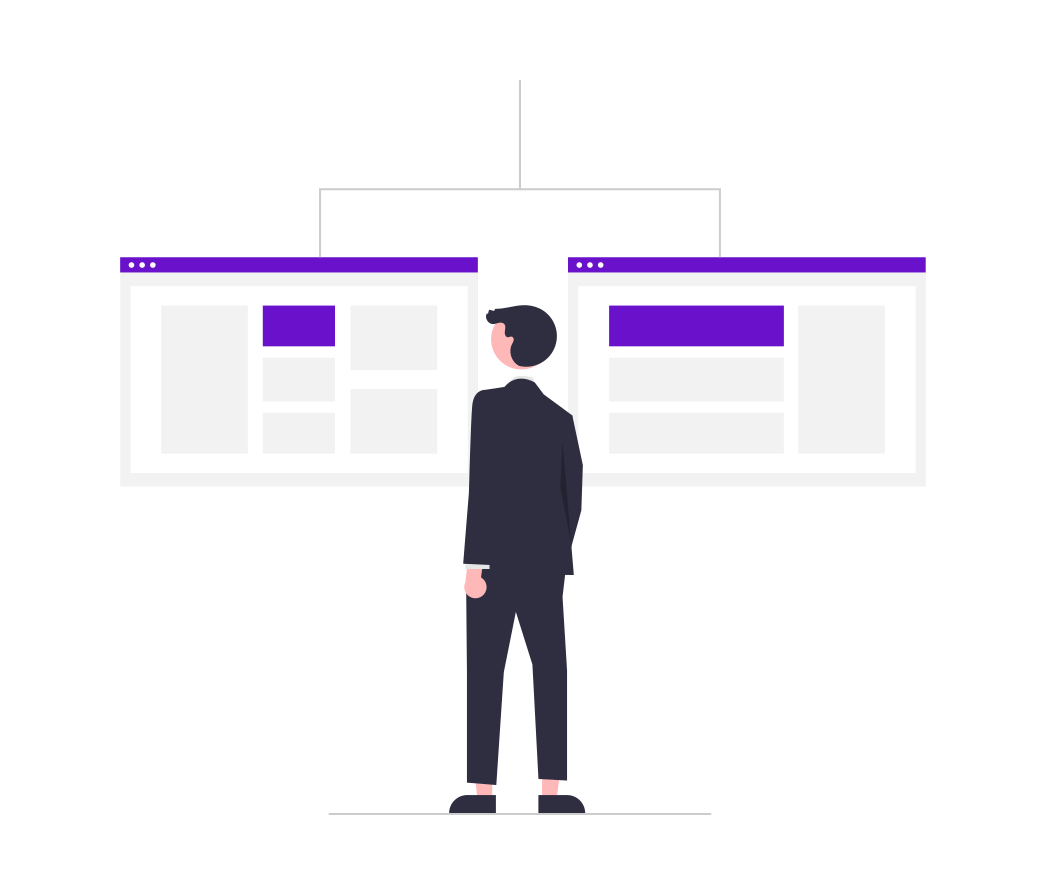In the realm of Account-Based Marketing (ABM), two forces often pull in opposite directions: personalization and automation. Personalization demands a bespoke, carefully crafted approach for each account, creating a unique and meaningful experience. Automation, on the other hand, promises efficiency, scalability, and the ability to manage large volumes of interactions. The challenge lies in finding the right balance—harnessing the strengths of both without compromising the core values of ABM.
The Nature of Personalization in ABM
Personalization is the art of making each interaction feel uniquely tailored to the individual or account. It goes beyond merely addressing a contact by name; it involves deep understanding and addressing specific pain points, aspirations, and needs.
-
Individualization: Every piece of communication, every offer, and every piece of content must resonate with the specific context of the target account. This requires a deep dive into the account's industry, challenges, and goals.
-
Contextual Relevance: Timing and context are crucial. Personalization in ABM means delivering the right message at the right time, in a way that feels organic and helpful to the recipient.
-
Human Touch: Personalization inherently carries a human element—whether it’s a thoughtfully crafted email or a bespoke piece of content. It’s about creating a connection that feels personal, not mass-produced.
The Role of Automation in ABM
Automation, in contrast, is the engine that drives efficiency. It allows marketers to execute complex, multi-step campaigns at scale, ensuring consistency and speed.
-
Scalability: Automation enables the execution of personalized strategies at scale. It can handle repetitive tasks, such as sending emails, updating CRM records, or triggering workflows, allowing teams to focus on strategy and creativity.
-
Consistency: Automation ensures that no account falls through the cracks. Every target account receives timely and consistent communication, which is crucial for maintaining engagement over time.
-
Data-Driven Actions: Automation is often powered by data. It can react to signals, such as engagement or inactivity, automatically triggering the next best action.
The Dance: Harmonizing Personalization and Automation
Finding the equilibrium between personalization and automation in ABM is akin to choreographing a complex dance—each step must be carefully timed and coordinated.
Step 1: Automate the Foundation, Personalize the Details
-
Automate Routine Interactions: Use automation to handle routine tasks that don’t require a human touch. This includes data entry, scheduling follow-ups, or sending out initial engagement emails based on triggers. Automation ensures these tasks are handled swiftly and consistently.
-
Personalize Key Touchpoints: Reserve personalization for the moments that matter most—when establishing a connection, addressing specific concerns, or closing a deal. These are the interactions that require a thoughtful, human approach. Personalization at these key touchpoints enhances the relationship and demonstrates genuine interest.
Step 2: Leverage Data for Smart Personalization
-
Data-Driven Insights: Use the data collected through automation to inform your personalized efforts. For example, track how a target account interacts with your content to personalize future interactions based on their demonstrated interests and behaviors.
-
Dynamic Content: Automation can deliver personalized content dynamically based on account data. For instance, a landing page might change its messaging or imagery depending on who is visiting it, while automated emails might pull in personalized recommendations based on past behaviors.
Step 3: Create Hybrid Strategies
-
Triggered Personalization: Implement automation that triggers personalized responses. For example, if a key stakeholder at a target account engages with specific content, an automated alert could prompt a sales rep to follow up with a personalized message or offer.
-
Automated Creativity: Use automation tools to scale creative, personalized content. This could involve automated design tools that create personalized visuals or AI-driven writing assistants that help craft personalized emails at scale.
The Balance: Maintaining the Human Element
In the pursuit of efficiency through automation, it’s crucial not to lose sight of the human element that makes ABM effective.
Stay Authentic:
-
Avoid Over-Automation: Resist the temptation to automate every aspect of your ABM strategy. Over-automation can lead to impersonal interactions that feel generic rather than bespoke. Always leave room for human intuition and creativity.
-
Human Oversight: Ensure that there’s always a human reviewing automated interactions to maintain quality and relevance. For instance, a sales rep might review automated emails before they are sent to ensure they align with the account’s current context.
Prioritize Relationships:
-
Personal Engagement: Use automation to support personal engagement, not replace it. Automation should free up time for your team to engage more deeply with key accounts, not eliminate the need for human interaction altogether.
-
Feedback Loops: Continuously gather feedback from your team and your target accounts on the effectiveness of your automated and personalized efforts. Use this feedback to adjust your balance as needed.
The Encore: Finding Your Rhythm
Every organization’s balance between personalization and automation will look different, depending on their resources, target accounts, and business goals. The key is to continuously evaluate and adjust your approach, finding a rhythm that works for your ABM strategy.
-
Test and Learn: Experiment with different levels of automation and personalization to see what resonates most with your target accounts. This iterative approach will help you fine-t-tune your strategy over time.
-
Evolve Your Strategy: As technology evolves, so too should your approach to automation and personalization. Stay abreast of new tools and techniques that can help you better balance these two critical aspects of ABM.
Conclusion: The Power of Balance
Striking the right balance between personalization and automation is essential for successful ABM. It’s not about choosing one over the other, but about integrating both in a way that amplifies their strengths while mitigating their weaknesses. By carefully choreographing this balance, you can create an ABM strategy that is not only efficient and scalable but also deeply engaging and personalized.


